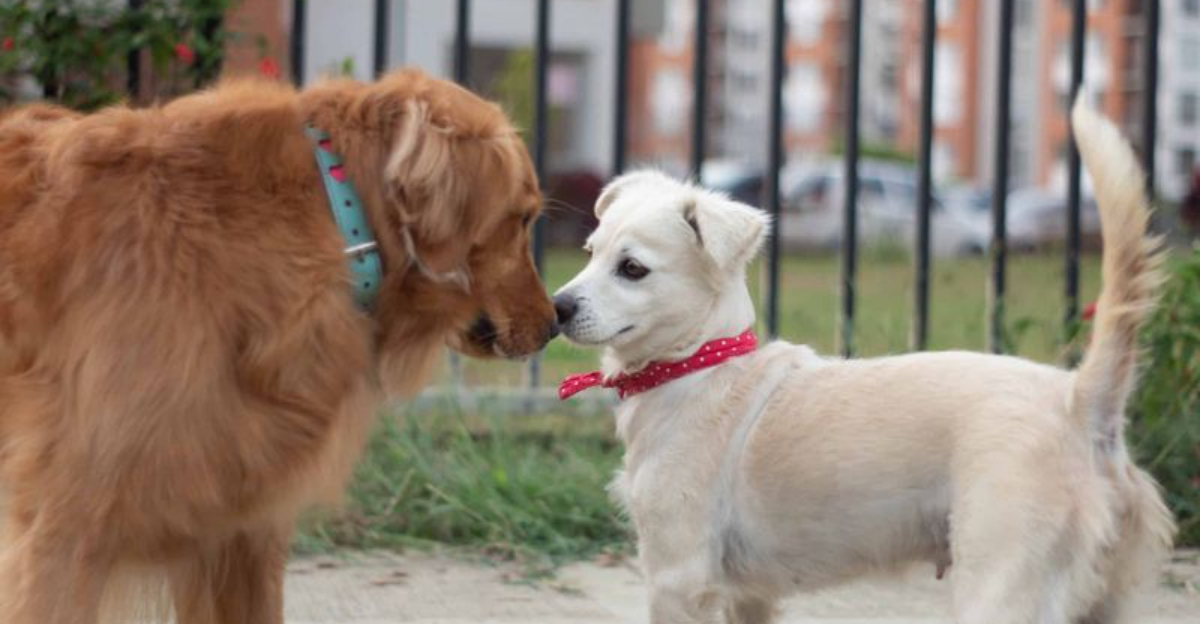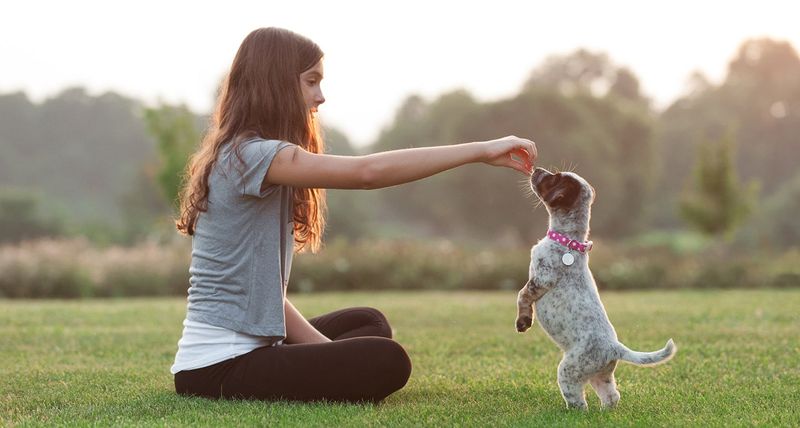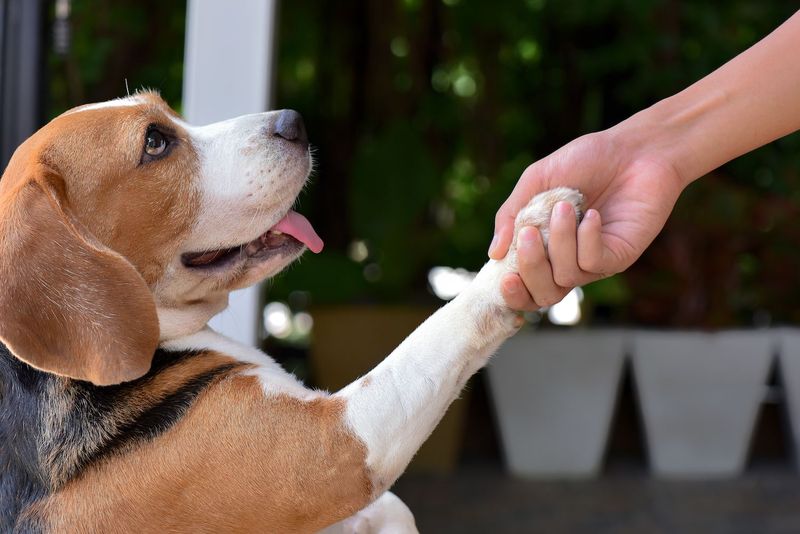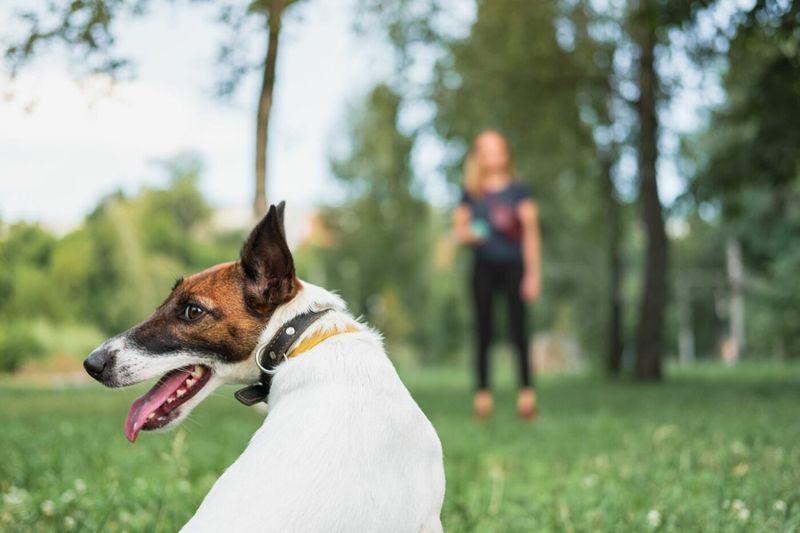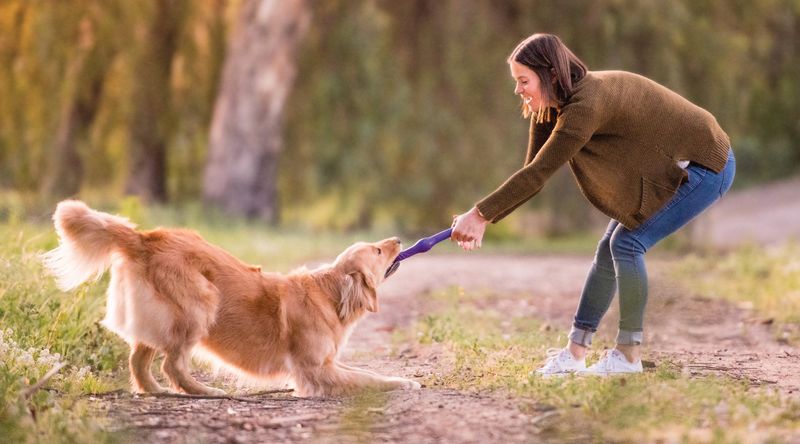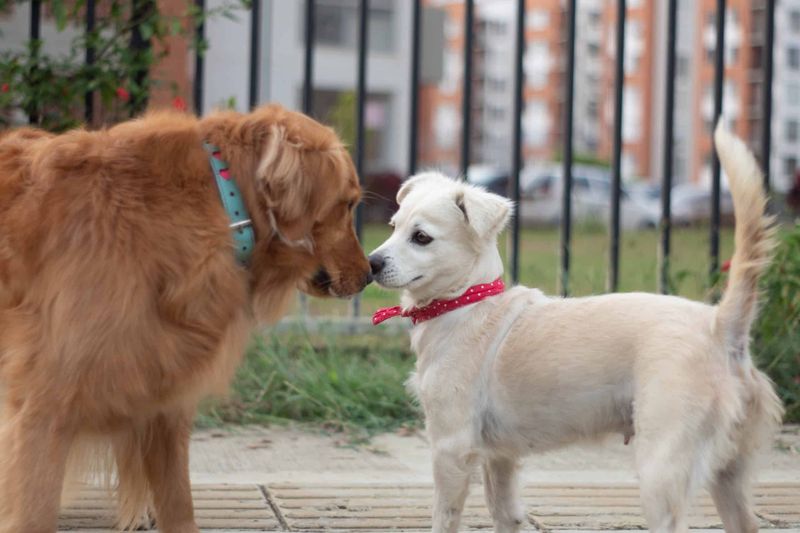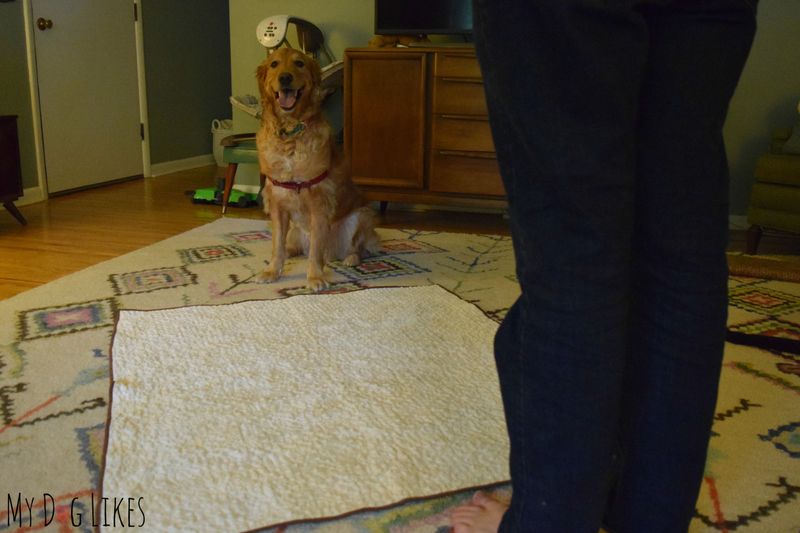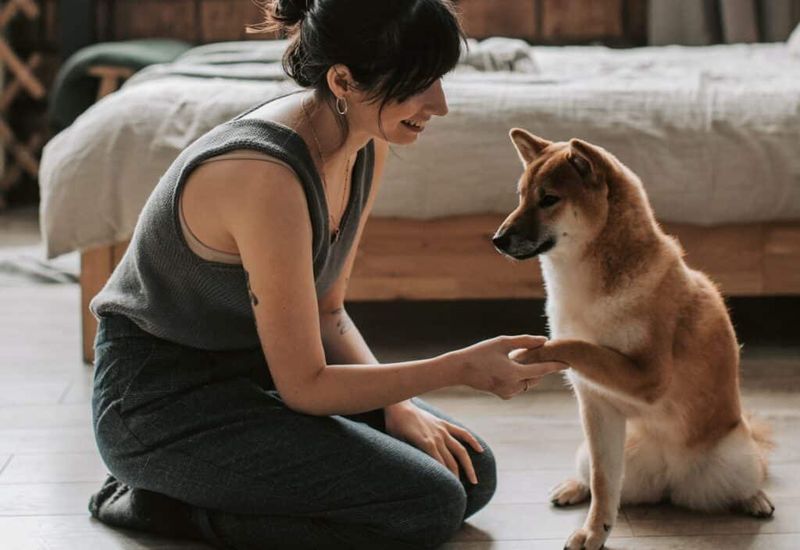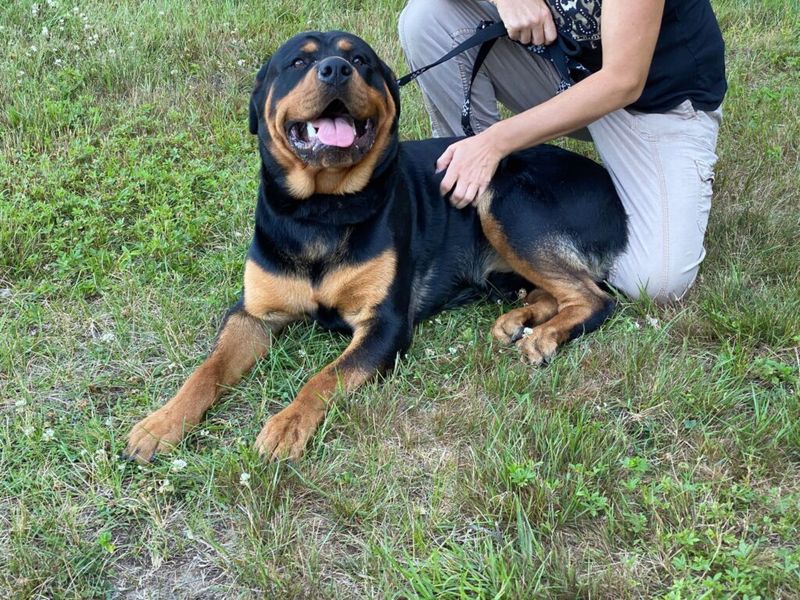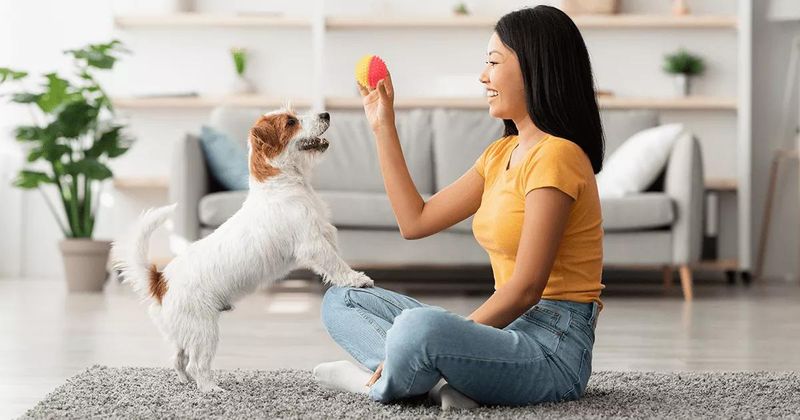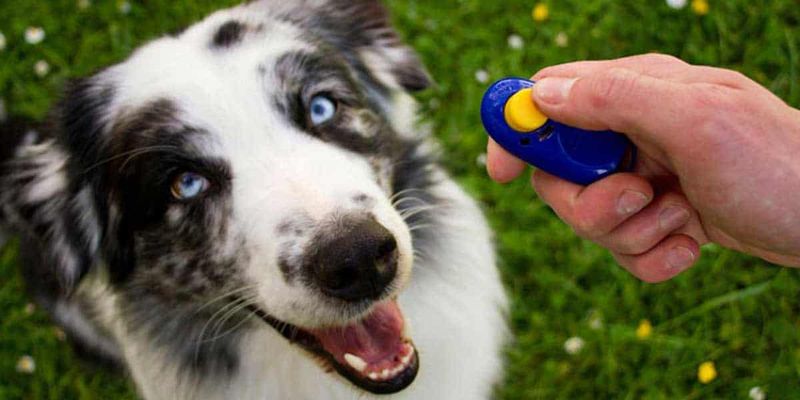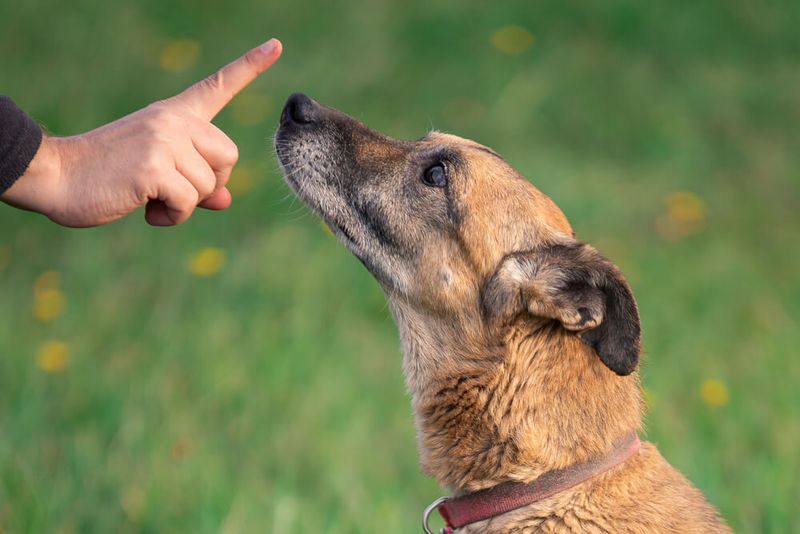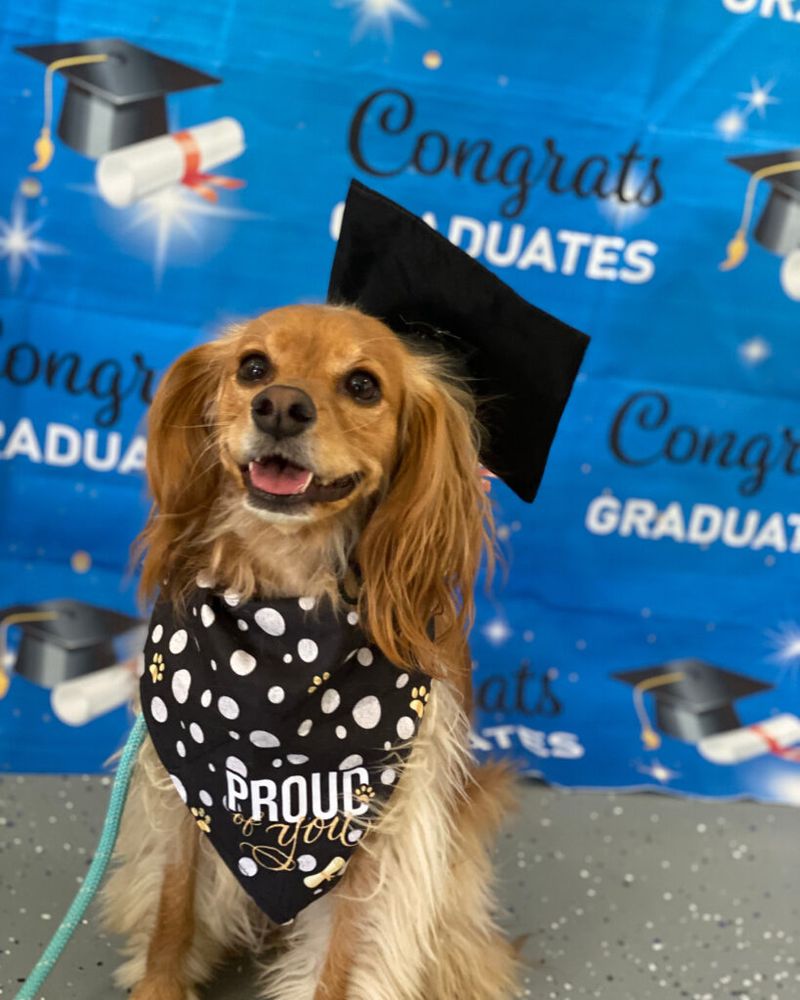Training your dog can be a rewarding and fulfilling journey, allowing you to strengthen your bond while teaching essential behaviors. Whether you’re a first-time pet owner or an experienced handler, these practical tips will guide you in shaping your dog’s behavior with patience, consistency, and understanding.
Start Early with Routine
Imagine your puppy weaving seamlessly into your daily life, adapting to routines like a seasoned pro. Begin training early, establishing a consistent schedule for meals, playtime, and exercise. A structured routine helps your dog understand expectations, reducing anxiety and promoting good behavior.
Young dogs are particularly receptive to learning, making it the ideal time to introduce basic commands and house rules. Stick to regular feeding and walking times to reinforce this routine.
Remember, patience is your ally. Gradually, your pup will anticipate daily activities, making training sessions smoother and more enjoyable.
Use Positive Reinforcement
Picture a dog’s face lighting up with joy as they earn a treat for performing a trick. Positive reinforcement is a powerful training tool, rewarding good behavior with treats, praise, and affection. This encourages your dog to repeat these actions, knowing there’s a reward at the end.
Focus on rewarding your dog immediately after the desired behavior to strengthen the connection. Gradually, replace treats with verbal praise to maintain their interest.
Positive reinforcement fosters a trusting relationship, where your dog learns to associate training with fun and rewards, rather than punishment.
Be Consistent
Imagine a well-trained dog responding to commands in any environment, from a bustling park to a quiet living room. Consistency is the cornerstone of effective training. Use the same commands and signals every time to avoid confusing your dog.
Repetitive practice in different settings helps your dog generalize commands, ensuring they obey regardless of distractions. Consistency breeds familiarity, turning commands into second nature for your dog.
With time and perseverance, even the most stubborn behaviors can be reshaped into positive actions, strengthening the bond between you and your dog.
Engage with Play
Watch as your dog’s eyes sparkle with excitement, chasing a frisbee across the open field. Play isn’t just fun—it’s a vital learning tool. Games like fetch or tug-of-war can teach commands like “drop it” or “come here” naturally.
Play sessions offer a break from traditional training, keeping your dog engaged and eager to learn. Through play, you can reinforce obedience and burn off excess energy, making your dog more receptive to lessons.
Incorporate short training moments into playtime, and soon, training will feel like a delightful game for your dog.
Socialize Your Dog
Picture your dog weaving confidently through a crowd, greeting people and pets with ease. Socialization is key to a well-rounded dog, helping them feel comfortable in various environments. Introduce your dog to different people, animals, and settings gradually.
A well-socialized dog is less likely to develop fear or aggression, making them a pleasure to be around. Explore parks, pet-friendly stores, or dog classes to expose them to new experiences.
Remember, positive interactions during socialization are crucial to building a confident, adaptable companion.
Set Clear Boundaries
Imagine a dog recognizing their boundaries, respecting spaces like a well-mannered guest. Clear boundaries are essential in training, teaching limits to prevent unwanted behaviors. Use barriers like baby gates or leashes to define areas, reinforcing these boundaries with commands like “stay” or “leave it.”
Consistency in enforcing rules helps your dog understand what is expected. Over time, your dog will respect boundaries instinctively, reducing stress and creating a harmonious home environment.
Clear boundaries are the framework for a well-behaved dog, balancing freedom with discipline.
Practice Patience
Envision yourself calmly guiding your dog through challenges, embracing patience as a vital training tool. Dogs learn at different paces, requiring understanding and empathy from their owners.
Frustration can hinder progress, so approach training with a calm and patient mindset. Celebrate small victories and acknowledge your dog’s unique learning style.
Maintaining patience ensures a positive training atmosphere, where your dog feels supported and encouraged. Remember, every step forward strengthens your bond, transforming training into a rewarding journey for both of you.
Use Short Sessions
Picture a dog eagerly participating in a quick, engaging training session, tail wagging with enthusiasm. Short sessions are more effective, preventing burnout and keeping your dog interested. Aim for multiple short sessions throughout the day, focusing on a single command or behavior each time.
This approach helps reinforce learning without overwhelming your dog. Use high-energy moments to introduce commands when your dog is most receptive.
Training should feel like a series of small, achievable challenges, gradually building on each success to create a well-behaved companion.
Incorporate Mental Stimulation
Imagine your dog’s eyes lighting up with curiosity as they tackle a challenging puzzle toy. Mental stimulation is as crucial as physical exercise, keeping your dog sharp and engaged. Introduce activities like puzzle toys, scent games, or hide-and-seek to stimulate their mind.
These exercises not only entertain but also reinforce problem-solving skills, increasing your dog’s focus and patience. Vary the challenges to keep things interesting.
A mentally stimulated dog is a happy dog, less likely to engage in destructive behaviors caused by boredom or frustration.
Leverage Clicker Training
Picture the crisp sound of a clicker marking a successful command, followed by your dog’s wagging tail in anticipation of a reward. Clicker training is a precise and effective method, using sound to mark desired behaviors. With each click followed by a treat, your dog learns the exact action that earned the reward.
This clarity helps speed up the learning process, making training sessions productive and enjoyable.
The clicker becomes a tool of communication, bridging understanding between you and your dog, while providing a fun and rewarding learning experience.
Adjust with Age
Picture an older dog learning new tricks and commands, proving that age is just a number in the world of dog training. Tailor your training approach to suit your dog’s age and energy levels, acknowledging their changing needs.
Younger dogs may require more activity and frequent sessions, while older dogs benefit from gentler, more patient approaches. Adjusting your methods respects your dog’s pace and enhances their willingness to learn.
Flexibility in training fosters a lifelong learning environment, enriching both you and your dog’s experience.
Celebrate Progress
Imagine the joy of reaching a training milestone, your dog proudly showing off new skills. Celebrating progress is an important aspect of training, reinforcing positive behaviors and encouraging further learning.
Acknowledge both small achievements and significant breakthroughs, using praise and rewards to motivate your dog. This celebration helps build confidence and enthusiasm for future training sessions.
Every step forward is a testament to your dedication and your dog’s potential, making the training journey a fulfilling adventure.
